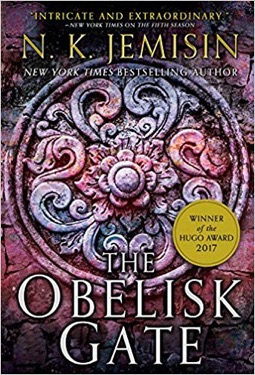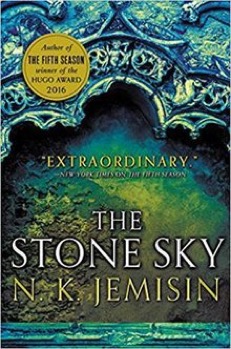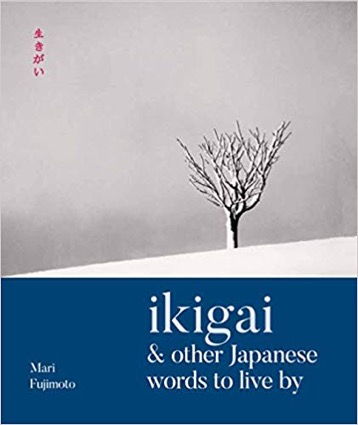29/04/19 18:54
Mari Fujimoto, Ikigai & Other Japanese Words to Live By (London: Modern Books), 2019
After our visit to Japan last year and the remarkable circumstances that mean we will return to Japan again this year, it makes sense that since we are unable to gain a command of the language in the time that we have, at least we should learn a few words and a few concepts that give us an insight into the culture and the people.
This small book can best be described as a series of meditations on important Japanese philosophical concepts. Stunning black and white photographs by Michael Kenna are combined with artwork and calligraphy by David Buchler and haiku by Motsuo Basho and intertwined with interpretive text by Mari Fujimoto. The result is a series of reflections that invite the reader to pause on each page. It is the kind of book to which one will return again and again.
Now that I use a tablet computer for most of my reading, it seems elegant and even a bit indulgent to hold a real paper book in my hands. It seems even more indulgent to pack such a volume into my luggage when I am traveling light. However, I suspect that this small book will be tucked into my backpack when I head to Japan this summer.
29/04/19 17:33
N. K. Jemisin, The Obelisk Gate (The Broken Earth Book 2) (London: Orbit Books), 2016N. K. Jemisin, The Stone Sky (The Broken Earth Book 3) (London: Orbit Books), 2017

Once I had read The Fifth Season by NK Jemisin, it seemed natural to pursue the other two books in the trilogy. They were remarkably engaging. The basic themes of The Fifth Season continued - the fear that some people had when encountering those who are different, the challenges of working with others, the pain of intimate relationships, a fractured family, and the quest for some sense of peace and security in a frightening and uncertain world. Of course all of these are exaggerated in the characters in the book because they have supernatural powers that make them more different and more dangerous than the kind of folks who currently inhabit our planet. Jemisin plays with the concepts in bold strokes in part because she has created a world that at once is kind of like our world - that has some geological principles that are similar to those in our world - while at the same time being very different from the world that we know.

The trilogy makes a remarkable package and represents something much more than would be the case were it presented as a single volume. I don't know how well the second and third volumes stand alone, having read them in quick succession following the initial book, but it seems to me that each is a complete story in and of itself. While the experience of having read the previous volumes helps, I'm not sure that it would be completely required in order to get a taste of Jemisin's remarkable story. What wouldn't work, in my opinion, would be to read the books in reverse order.
Jemisin has created a remarkable and memorable trilogy - one that I'm grateful to have discovered. Jemisin has been remarkably prolific. Her genre isn't my favorite, but I may find myself looking up more of her books as time goes by. She explores such a wide variety of themes and provides some important insights on cultural conflict and oppression. The awards she has received for her work are well placed.


